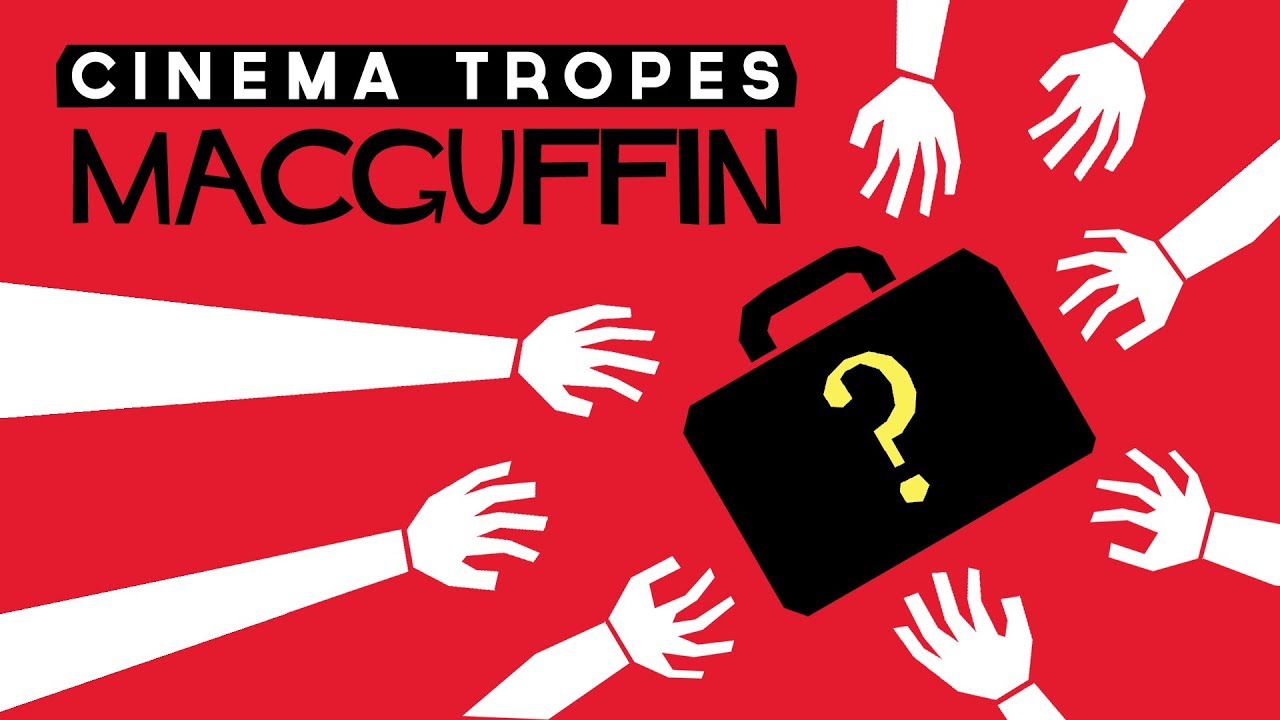Think about the briefcase in Pulp Fiction, the Rabbit’s Foot in Mission: Impossible III, the falcon statue in The Maltese Falcon. What do all these objects have in common? Well, all three of them serve as plot devices know as MacGuffins.
A MacGuffin is a name given to something in a film that only exists to motivate the characters and advance the plot. The term was popularized by Alfred Hitchcock, who was well-known for his use of the device, in the 1930s. Hitchcock believed that a MacGuffin should essentially equate to nothing. The object or task should be important to the characters, but rather meaningless to the audience. The envelope of money in Psycho and the microfilm in North by Northwest are perfect examples of MacGuffins. Both items could be swapped out with anything of equal “importance” and the plot would remain exactly the same. The objects aren’t significant or meaningful, but they help move the plot forward.
Like with many cinematic terms, the MacGuffin has stirred up some controversy. While those faithful to Hitchcock’s definition believe that the MacGuffin should be a meaningless thing we don’t connect with, some believe that a MacGuffin can be more than that. George Lucas, for example, has stated that he believes R2-D2 to be the MacGuffin of Star Wars: Episode IV – A New Hope. And some believe that the One Ring in The Lord of the Rings saga is a MacGuffin. While both things do advance the plot and provide motivation, they are also much more complex and significant than say, the briefcase in Pulp Fiction. The briefcase could literally be anything. The contents of it are completely irrelevant to the plot. It simply serves as something for the characters to retrieve. That’s it.
No matter which side you are on, this video will surely help you better understand one of the most common tropes in cinema.



